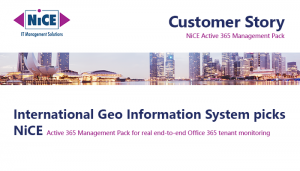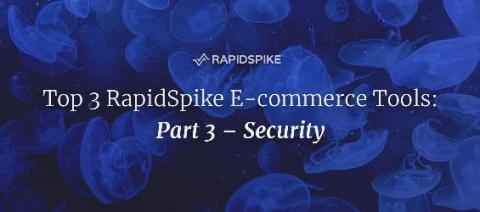AI-Based remediation for cloud incidents? We are on our way there
“Today, maintaining a high performance and continuous availability of cloud production environments are some of the most significant pain points for technology organizations. Production availability is commonly measured and managed by evaluating some of the following dimension: Does the product or service work fast enough? Does its performance meet the expected metrics? Is it able to deliver the optimal customer experience?










